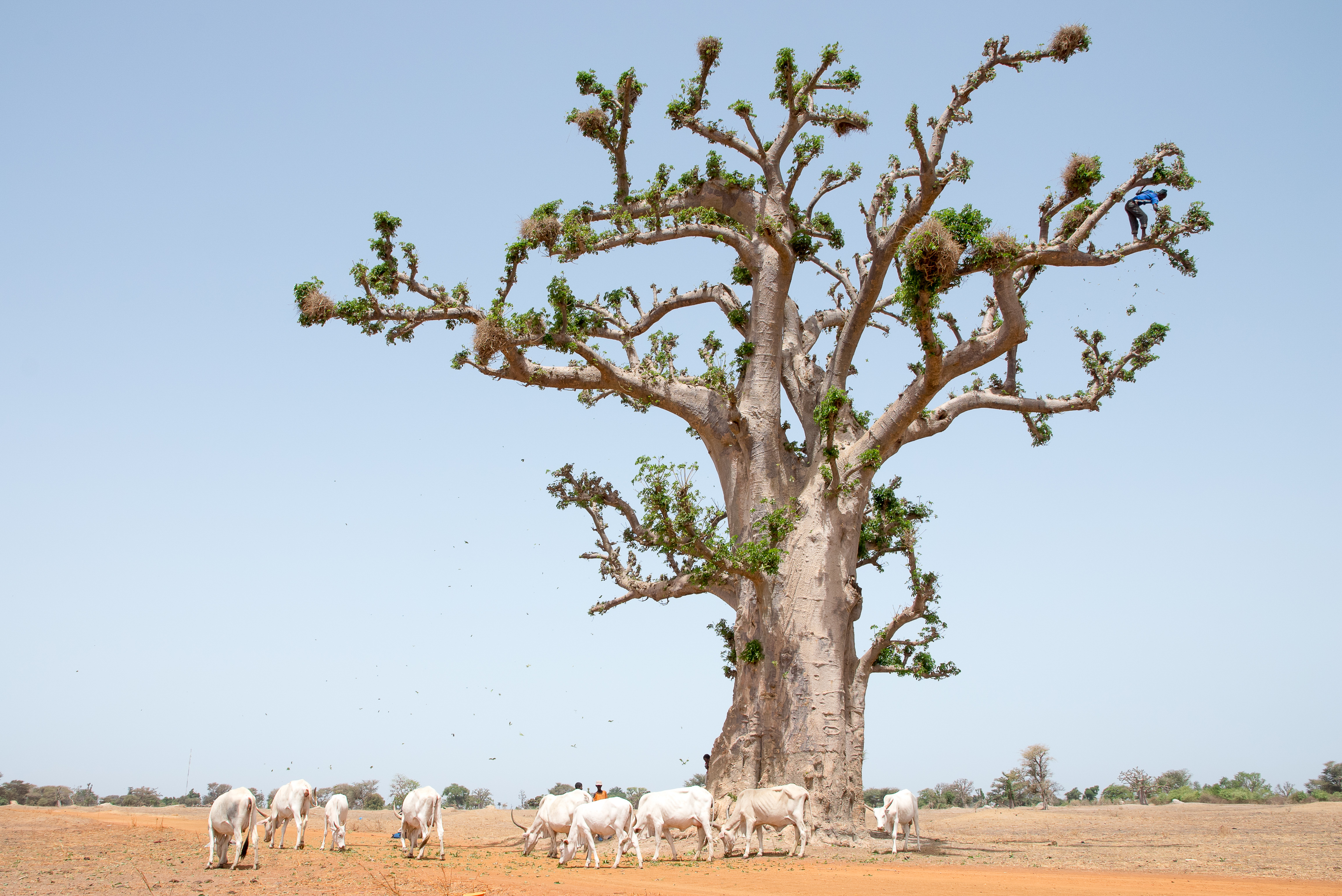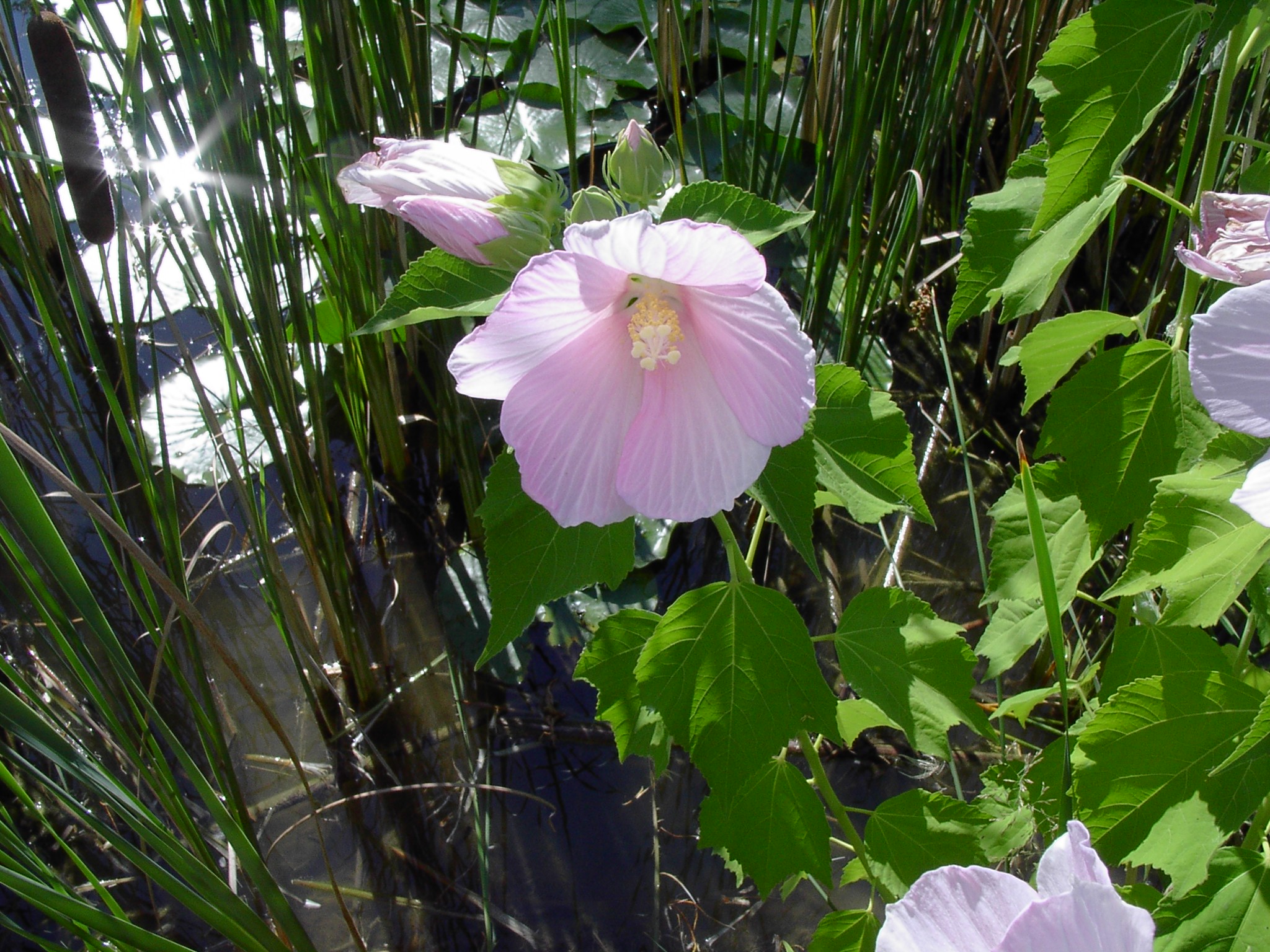|
Adansonia
''Adansonia'' is a genus of medium-to-large deciduous trees known as baobabs ( or ). The eight species of ''Adansonia'' are native to Africa, Australia, and Madagascar but have also been introduced to other regions of the world, including Barbados, where several of the baobabs there are suspected to have originated from Africa. Other baobabs have been introduced to Asia. A genomic and ecological analysis further suggests that the genus itself originated from Madagascar. The generic name ''Adansonia'' honours Michel Adanson, the French naturalist and explorer who provided the first detailed botanical description and illustrations of ''Adansonia digitata''. The baobab, however, is also known as the "upside down tree," a name attributable to the trees' overall appearance and historical myths. Baobabs are among the most long-lived of vascular plants and have large flowers that are reproductive for a maximum of 15 hours. The flowers open around dusk with sufficiently rapid moveme ... [...More Info...] [...Related Items...] OR: [Wikipedia] [Google] [Baidu] |
Adansonia Digitata
''Adansonia digitata'', the African baobab, is the most widespread tree species of the genus ''Adansonia'', the baobabs, and is native to the African continent and the southern Arabian Peninsula (Yemen, Oman). These are long-lived pachycauls; radiocarbon dating has shown some individuals to be over 2,000 years old. They are typically found in dry, hot savannas of sub-Saharan Africa, where they dominate the landscape and reveal the presence of a watercourse from afar. They have traditionally been valued as sources of food, water, health remedies or places of shelter and are a key food source for many animals. They are steeped in legend and superstition. In recent years, many of the largest, oldest trees have died, for unknown reasons. Common names for the baobab include monkey-bread tree, upside-down tree, and cream of tartar tree. Description African baobabs are trees that often grow as solitary individuals, and are large and distinctive elements of savanna or scrubland vegetatio ... [...More Info...] [...Related Items...] OR: [Wikipedia] [Google] [Baidu] |
Bombacaceae
Bombacaceae were long recognised as a family of flowering plants or Angiospermae. The family name was based on the type genus '' Bombax''. As is true for many botanical names, circumscription and status of the taxon has varied with taxonomic point of view, and currently the preference is to transfer most of the erstwhile family Bombacaceae to the subfamily Bombacoideae within the family Malvaceae in the order Malvales. The rest of the family were transferred to other taxa, notably the new family Durionaceae. Irrespective of current taxonomic status, many of the species originally included in the Bombacaceae are of considerable ecological, historical, horticultural, and economic importance, such as balsa, kapok, baobab and durian. Current taxonomy Recent phylogenetic research has shown that Bombacaceae as traditionally circumscribed (including tribe Durioneae) is not a monophyletic group. Bombacaceae is no longer recognized by the Angiosperm Phylogeny Group I 1998, II 2003 ... [...More Info...] [...Related Items...] OR: [Wikipedia] [Google] [Baidu] |
Madagascar
Madagascar, officially the Republic of Madagascar, is an island country that includes the island of Madagascar and numerous smaller peripheral islands. Lying off the southeastern coast of Africa, it is the world's List of islands by area, fourth largest island, the List of island countries, second-largest island country, and the List of countries and dependencies by area, 46th largest country overall. Its capital and List of cities in Madagascar, largest city is Antananarivo. Following the prehistoric breakup of the supercontinent Gondwana, Madagascar split from Africa during the Early Jurassic period, around 180 million years ago, and separated from the Indian subcontinent approximately 90 million years ago. This isolation allowed native plants and animals to evolve in relative seclusion; as a result, Madagascar is a biodiversity hotspot and one of the world's 17 megadiverse countries, with over 90% of its wildlife of Madagascar, wildlife being endemic. The island has ... [...More Info...] [...Related Items...] OR: [Wikipedia] [Google] [Baidu] |
Malvales
The Malvales are an Order (biology), order of flowering plants. As circumscribed by Angiosperm Phylogeny Group, APG II-system, the order includes about 6000 species within nine Family (biology), families. The order is placed in the eurosids II, which are part of the eudicots. The plants are mostly shrubs and trees; most of its families have a cosmopolitan distribution in the tropics and subtropics, with limited expansion into temperate regions. An interesting distribution occurs in Madagascar, where three endemic families of Malvales (Sphaerosepalaceae, Sarcolaenaceae and Diegodendraceae) occur. Many species of Malvaceae, ''sensu lato'' (in the broad sense), are valued for their wood, with that of ''Ochroma'' (balsa) being known for its lightness, and that of ''Tilia'' (lime, linden, or basswood) as a popular wood for carving. Fruit of the cacao tree (''Theobroma cacao'') are used as an ingredient for chocolate. Kola nuts (genus Cola (plant), ''Cola'') are notable for their high ... [...More Info...] [...Related Items...] OR: [Wikipedia] [Google] [Baidu] |
Bombacoideae
Bombacoideae is a subfamily of the mallow family, Malvaceae. It contains herbaceous and woody plants. Their leaves are alternate, commonly palmately lobed, with small and caducous stipules. The flowers are hermaphroditic and actinomorphic; the calyx has 5 sepals united at the base, which are not accompanied by an epicalyx (involucel). The corolla has 5 free petals and an androecium of numerous stamens, typically with free filaments which are not fused in a staminal tube (column). The pollen is smooth and the ovary superior and pluricarpellate. The fruits are schizocarpous or capsular. Genera Classification Some taxa in this subfamily were previously grouped under the now-obsolete family Bombacaceae, as recent phylogenetic research has shown that Bombacaceae as traditionally circumscribed (including tribe Durioneae) is not a monophyletic group. '' Camptostemon'', '' Lagunaria'', '' Pentaplaris'' and '' Uladendron'' might more appropriately be placed in Malvoideae, as might the ... [...More Info...] [...Related Items...] OR: [Wikipedia] [Google] [Baidu] |
Michel Adanson
Michel Adanson (7 April 17273 August 1806) was an 18th-century French botanist and naturalist who traveled to Senegal to study flora and fauna. He proposed a "natural system" of taxonomy distinct from the binomial system forwarded by Linnaeus. Personal history Adanson was born at Aix-en-Provence. His family moved to Paris in 1730. After leaving the Collège Sainte-Barbe, he was employed in the cabinets of R. A. F. Réaumur and Bernard de Jussieu, as well as in the Jardin des Plantes, Paris. He attended lectures at the Jardin du Roi and the Collège Royal in Paris from 1741 to 1746. At the end of 1748, funded by a director of the Compagnie des Indes, he left France on an exploring expedition to Senegal. He remained there for five years, collecting and describing numerous animals and plants. He also collected specimens of every object of commerce, delineated maps of the country, made systematic meteorological and astronomical observations, and prepared grammars and dictionarie ... [...More Info...] [...Related Items...] OR: [Wikipedia] [Google] [Baidu] |
Deciduous
In the fields of horticulture and botany, the term deciduous () means "falling off at maturity" and "tending to fall off", in reference to trees and shrubs that seasonally shed Leaf, leaves, usually in the autumn; to the shedding of petals, after flowering; and to the shedding of ripe fruit. The antonym of deciduous in the botanical sense is evergreen. Generally, the term "deciduous" means "the dropping of a part that is no longer needed or useful" and the "falling away after its purpose is finished". In plants, it is the result of natural processes. "Deciduous" has a similar meaning when referring to animal parts, such as deciduous antlers in deer, deciduous teeth (baby teeth) in some mammals (including humans); or decidua, the uterine lining that sheds off after birth. Botany In botany and horticulture, deciduous plants, including trees, shrubs and herbaceous perennials, are those that lose all of their Leaf, leaves for part of the year. This process is called abscission. I ... [...More Info...] [...Related Items...] OR: [Wikipedia] [Google] [Baidu] |
Palmate
The following terms are used to describe leaf morphology in the description and taxonomy of plants. Leaves may be simple (that is, the leaf blade or 'lamina' is undivided) or compound (that is, the leaf blade is divided into two or more leaflets). The edge of the leaf may be regular or irregular, and may be smooth or have hair, bristles, or spines. For more terms describing other aspects of leaves besides their overall morphology see the leaf article. The terms listed here all are supported by technical and professional usage, but they cannot be represented as mandatory or undebatable; readers must use their judgement. Authors often use terms arbitrarily, or coin them to taste, possibly in ignorance of established terms, and it is not always clear whether because of ignorance, or personal preference, or because usages change with time or context, or because of variation between specimens, even specimens from the same plant. For example, whether to call leaves on the same tree "ac ... [...More Info...] [...Related Items...] OR: [Wikipedia] [Google] [Baidu] |
Malvaceae
Malvaceae (), or the mallows, is a family of flowering plants estimated to contain 244 genera with 4225 known species. Well-known members of economic importance include Theobroma cacao, cacao, Cola (plant), cola, cotton, okra, Hibiscus sabdariffa, roselle and durian. There are also some genera containing familiar ornamentals, such as ''Alcea'' (hollyhock), ''Malva'' (mallow), and ''Tilia'' (lime or linden tree). The genera with the largest numbers of species include ''Hibiscus'' (434 species), ''Pavonia (plant), Pavonia'' (291 species), ''Sida (plant), Sida'' (275 species), ''Ayenia'' (216 species), ''Dombeya'' (197 species), and ''Sterculia'' (181 species). Taxonomy and nomenclature The circumscription of the Malvaceae is controversial. The traditional Malvaceae ''sensu stricto'' comprise a very homogeneous and cladistically Monophyly, monophyletic group. Another major circumscription, Malvaceae ''sensu lato'', has been more recently defined on the basis that genetics studies ha ... [...More Info...] [...Related Items...] OR: [Wikipedia] [Google] [Baidu] |



